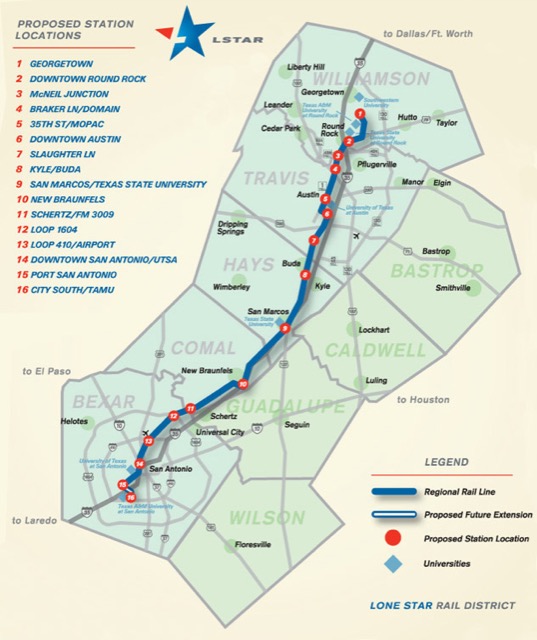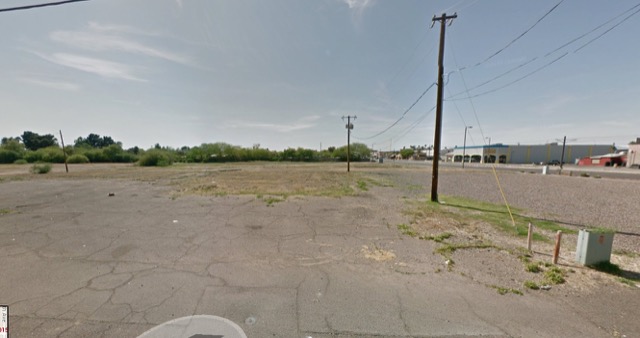A lot of Washington Post reporters must ride the Metro Rail system, as the paper has published several articles about the system’s decline in the last few days. First was the February 10 report that ridership had fallen to its lowest level since 2004. On February 12, the Post published a lengthy list of ideas for improving ridership solicited from ten experts.
Then came a February 19 report of “candid talk” by Metro’s new general manager, Paul Wiedefeld, and board chair Jack Evans about the system’s deterioration. “Somehow our reliability has fallen apart,” said Evans. By “somehow,” he means, “no one was willing to spend the money required to maintain the system.”
“The longer-term solution to that is obviously the 7000-cars,” said Wiedefeld, referring to Metro’s latest order of railcars (the original cars were the 1000-series, second were 2000s, etc.). Of course, new rail cars won’t fix the signals, the broken rails, the computer guidance system, or the smoke in the tunnels.









